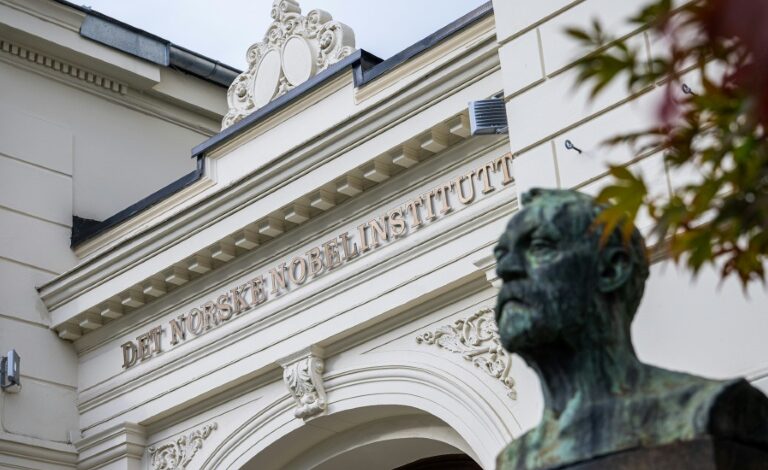Energizing Chemistry: New Materials Eye Nobel Prize

The Nobel Prize in Chemistry is set to be announced on October 11, 2023, with expectations centered on innovative advancements in energy storage and new materials. The Royal Swedish Academy of Sciences will reveal the winner or winners at 11:45 am local time (09:45 GMT), building on the momentum created by the recent Nobel Prize in Physics awarded to John Clarke, Michel Devoret, and John Martinis for their groundbreaking work in quantum mechanics.
Commentators are particularly optimistic about the contributions of several researchers, with a significant focus on sustainable chemistry. Lars Brostrom, science editor at Sveriges Radio, emphasized the importance of climate-related research in this year’s selection. He highlighted the work of Omar Yaghi, an American-Jordanian chemist renowned for developing metal-organic frameworks (MOFs). These customizable porous materials have applications that range from toxin absorption to water harvesting from arid environments.
In addition to Yaghi, other notable figures in the MOF landscape include Japan’s Susumu Kitagawa and Makoto Fujita. Another significant contender is Omar K. Farha, a professor at Northwestern University, who is also recognized for his contributions to this innovative field.
Potential Winners in Green Chemistry
The field of energy storage is generating buzz, particularly around Jean-Marie Tarascon, a French chemist celebrated for his advancements in battery technologies. According to David Pendlebury, head of research analysis at Clarivate, Tarascon’s work represents a pivotal shift towards “green chemistry,” focusing on sustainable energy solutions. Clarivate bases its Nobel predictions on citation metrics, further underscoring Tarascon’s influence in the field of energy conversion and storage technology.
In addition to Tarascon, Taiwanese-American biochemist Chi-Huey Wong is often mentioned for his pioneering methods in the synthesis of complex carbohydrates, which are crucial in therapeutic applications. Another prominent name is Robert Langer, a US chemical engineer noted for his innovations in drug delivery systems and biomaterials.
Furthermore, Karl Deisseroth, a psychiatrist and neurologist, continues to be recognized for his foundational work in optogenetics, a technique that employs light to control and manipulate cellular activity. The array of potential winners illustrates the interconnectedness of chemistry with other scientific disciplines.
Brostrom also pointed out that Harry B. Gray, an American chemical engineer whose research explores electron movement in living cells, has emerged as a strong candidate. His studies on fundamental processes like photosynthesis are seen as typical Nobel Prize material, given their broad implications for energy use and climate science.
Last year’s Nobel Prize in Chemistry honored David Baker, John Jumper, and Demis Hassabis for their groundbreaking work in understanding protein structures through computational methods. This year’s prize will continue to highlight the importance of chemistry in addressing global challenges.
The Nobel Prize in Chemistry is part of a series of prestigious awards, including the recently announced Nobel Prize in Medicine, which recognized Mary Brunkow, Fred Ramsdell, and Shimon Sakaguchi for their contributions to immunology. The chemistry prize will be followed by the Nobel Prize in Literature on October 12 and the highly anticipated Nobel Peace Prize on October 13, 2023.
Laureates of the Nobel Prize receive a diploma, a gold medal, and a monetary award of $1.2 million, which is shared among multiple winners in a category. The formal award ceremony will take place on December 10, 2023, in Stockholm, coinciding with the anniversary of the death of Alfred Nobel, who established the prizes in his will.






